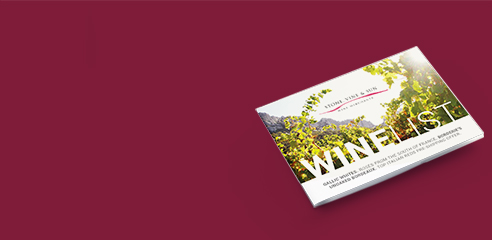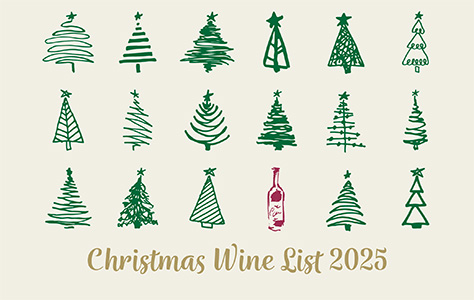Semillon
Origins
- Bordeaux region
Characteristics
- Not strong flavour - pears? - but good weight
- Can be very high-yielding (and therefore flavourless)
- Affinity for oak
- Thin-skinned: so vulnerable to rot (see below)
- Often blended, with Sauvignon Blanc or others
- Dry Semillon ages well, becoming deeper in colour, and gaining a rich, waxy texture
Vinification/Maturation
- Formerly often over-sulphured (particularly cheap Bordeaux Blanc)
- Better wines usually matured in French oak barrels
Homeland
Bordeaux
- The classic white grape of Graves, Péssac-Leognan & Sauternes/Barsac
- Usually blended with Sauvignon Blanc: Dry, 50-75% Semillon, 25-50% SB; sweet, 80% Semillon, 20% SB + up to 5% Muscadelle
Also to be found in…
- France: eastern satellites of Bordeaux, e.g. Dry, Montravel, and wines from the Dordogne; Sweet, Monbazillac
- Australia: New South Wales, esp. Hunter Valley - a classic Austalian style, capable of long ageing: toasty and fat
- South Africa: in the 19thC was the dominant white grape: now only small plantings
An aside on Noble Rot (Botrytis Cinerea, "pourriture noble")
This is a grey fungus which attacks the grapes to hugely beneficial effect. Filaments break the skin and go into the grapes: reducing water, thereby aiding concentration; heightening sugar levels and thus raising potential alcohol; adding interesting flavours - honeyed, flowery - and glycerol. Noble Rot needs specific weather conditions for the mould to flourish: cool, foggy mornings, with some moisture, and warmer afternoons. (If too cold or too dry, then no botrytis: if too rainy then there's a danger of ruinous grey rot). Grapes are picked very late, in October and November in France, in several tries, i.e. passages through the vineyards, over several weeks to select the ripest bunches.




